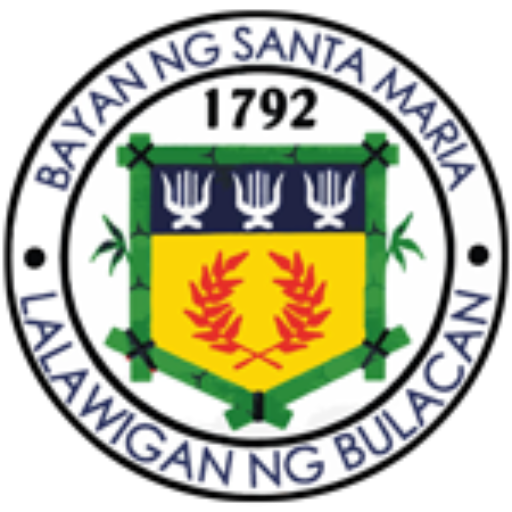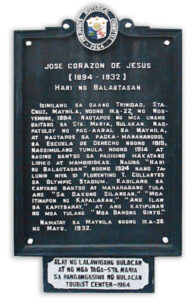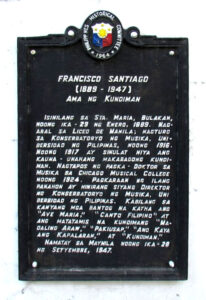Heritage Conservation
According to the National Cultural Heritage Act of 2009 or RA 10066, cultural heritage refers to the legacy of physical artifacts and intangible attributes of a group or society that are inherited from past generations, maintained in the present, and bestowed for the benefit of future generations.
Heritage should be conserved and enhanced in order to foster community identity and set the stage for future heritage significance.
“Cultural heritage includes tangible culture like buildings, monuments, landscapes, books, works of art, and artifacts; intangible culture such as folklore, traditions, language, and knowledge; and natural heritage including culturally significant landscapes and biodiversity.”


